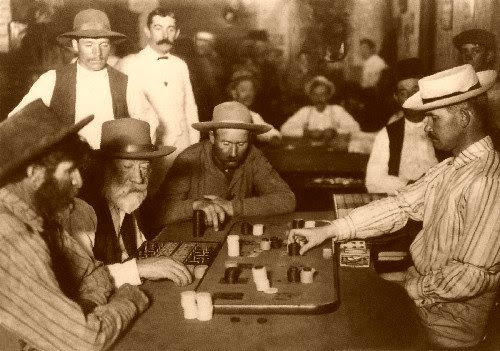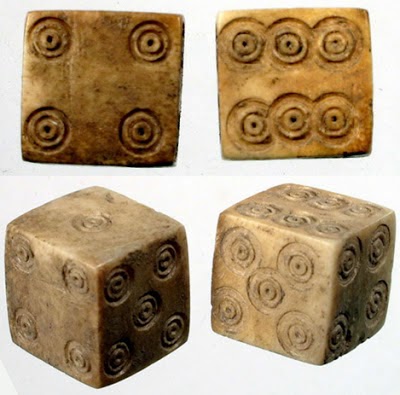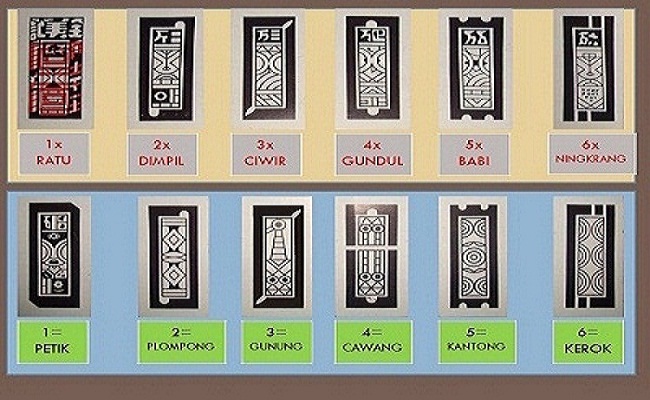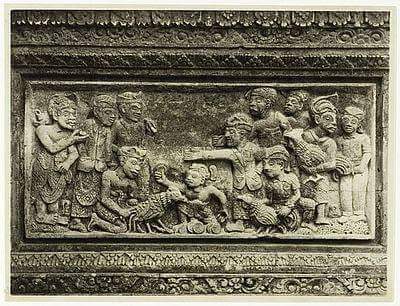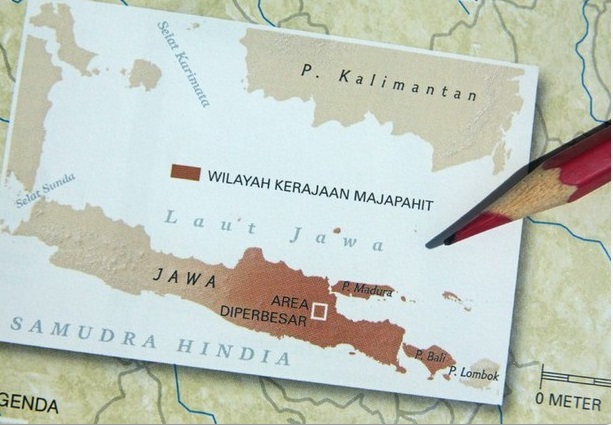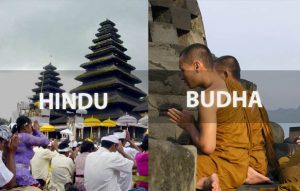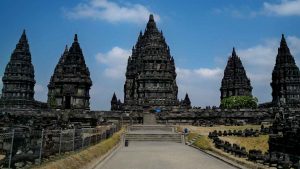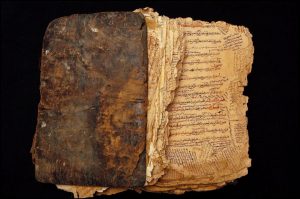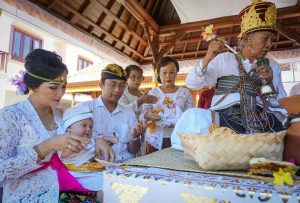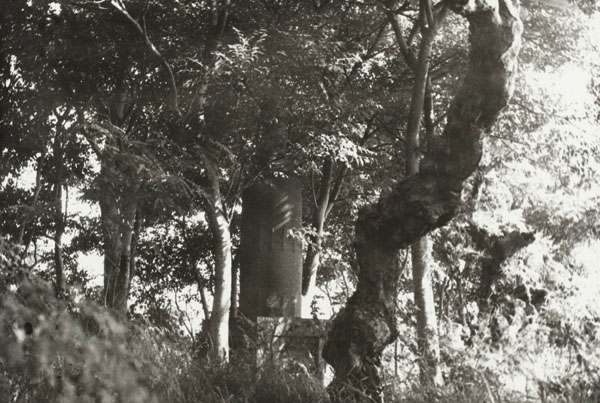
Semarang is a city built on sedimentary land where the process has been carried out for hundreds of years. A shallow waters and swamps that compose the sedimentation process for about hundreds of years, then the land is also formed and increases the land that extends towards the northern elements of the mountainous area in the southern region.
The city of Semarang used to be just an area formed by islands and settlements, the former known as the Pragota Hill. According to a list of Central Java Regional Archives and Library Agencies, in the 8th century AD, the Bukit Pragota area was recorded in the territory of Ancient Mataram domination.
It is difficult to catch up to the remains of the Hindu and Buddhist kingdoms in Semarang, which are the mark of previous civilizations in this archipelago. Most likely because this city of Semarang is considered to have no strategic value or perhaps it is not yet a city, it is still a small residential area. This is not like other cities in coastal areas, say Lasem, Tuban, Gresik, and so on, which already have an urgent role in the Hindu-Buddhist kingdom.
However, the discovery of the Tugu website by the Dutch historian, J. Knebel, in 1938 seems to have led some people to hypothesize that in his time Semarang had an important role. This Watu Tugu site, located in Tugurejo, Kecamatan Tugu, is suspected to be a marker of the boundary between the Majapahit and Pajajaran kingdoms.
This Watu Tugu site is just a stupa-shaped rock that rises 4 meters high on the top of a hill on the threshold of Semarang-Kendal Highway KM 11. Don’t be fooled when visiting Watu Tugu Site and chasing a temple next to this stupa, because actually the temple is not authentic , built by a Semarang businessman in the 1980s, which actually damaged the authenticity of the Watu Tugu site. (Semarang Lopen Community)
So you don’t get bored reading and understanding the Watu Tugu site, let your colleagues know and play fun and profitable playing cards.
Gambling has indeed been very diverse, especially with online events. so that anyone can play more easily and practically because they can play in different locations and times they want. Thus there are many types of card games that you can play with more fun.
You can play all kinds of card gambling games in the gadget you have. That gambling is a unique activity that can give you exclusive excitement because you will feel the game with real money dividends. That this gambling game is a unique game that can provide more dividends. So surely anyone can gamble with a lot of fun games that the city likes.
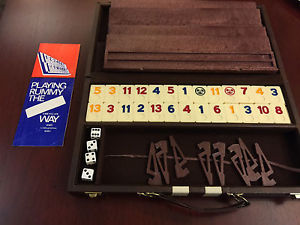
These are the many types of card gambling games in the city
There are not a few familiar gambling in the world that you can now access with internet services. As for the types of cards used are playing cards and types of gap cards. You can play all types of gambling cards in the best bookies that you need to select first. The types of gambling games that use playing cards include:
- Online poker gambling
- Poker ceme around
- Poker q-kick
- Gambling orange
- Zynga Texas Holdem Poker
- Texas poker
- Gambling Baccarat
- Gambling blackjack
- Agile ball gambling
Of course, not only card gambling that uses playing cards as playing devices … as for other types of gambling that use gaple cards that will give you special pleasure. This game with a gaple or domino card is also not the least type that you can choose including:
- Gambling dominoes online
- Domino qiuqiu online
- Gambling collates
- Gambling
- Gambling bandarq online
- Gambling around
- Online gambling
Benefits of playing card gambling online
Of course, there are so many types of games that you can choose just by creating one account in one city. All games you will play with bets are genuine money and of course you can choose them freely. With online techniques you can more easily play card games of any type, as for dividends that you can feel are:
- You can taste many types of card games provided by a dealer only.
- There will be many extra bonus types that can be tasted by the members if they win, and as for deposit, bonus cashback, referrals and weekly commissions.
- You can play without a time limit of about 24 hours.
- You will feel the smoothness and facilities of transacting with the transfer system or by passing e-banking and m-banking which is definitely simpler and safer.
So please play this game after you join in a city namely https://yukbola.net. You need to choose the best bookie and later you can join in it. Of course you will get an account to log in to the website and please do the rest of your filling. Thus you have a betting capital in the city that you can use to play immediately and of course you can play this game in an attractive gambling feature. we will see a unique appearance to play this game with other friends that you may not even know. Thus you will also be playing fun.


